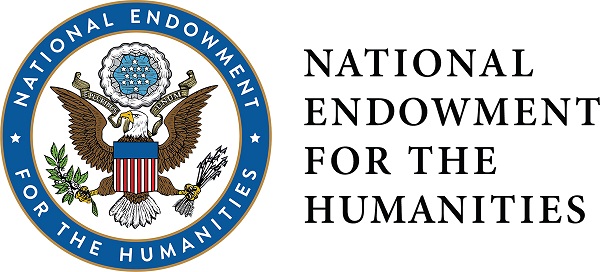
US Government Documents related to Indigenous Nations
Congress
99th Congress, 2d Session
Files
Download Full Text (941 KB)
Description
This public law, also known as "The Garrison Diversion Unit Reformulation Act of 1986" or United States (US) Public Law 99-294, passed on May 12, 1986, amended existing public law related to the Garrison Diversion Unit and addressed the major issues of meeting the water needs of North Dakota, addressing environmental impacts associated with the Garrison Diversion Unit, compensating farmers for lost land, honoring the Boundary Waters Treaty of 1909, and repaying Federal Loans that were used for the construction of the Garrison Diversion Unit.
Publication Date
5-12-1986
Keywords
Garrison Dam, Garrison Reservoir, Garrison Diversion Unit, repayment, irrigation, Boundary Waters Treaty 1909, farmland, compensation, PIck-Sloan Missouri Basin Program
Organizations Referenced
Department of the Interior, Garrison Diversion Unit Commission
Publisher
Government Printing Office
Disciplines
American Politics | Indigenous, Indian, and Aboriginal Law | Indigenous Studies | Law and Politics | Native American Studies | United States History
Recommended Citation
An Act to Implement Certain Recommendations Made Pursuant to Public Law 98-360. Public Law 296. Statues at Large 100, (1986): 418-426. https://commons.und.edu/indigenous-gov-docs/165/.

Included in
American Politics Commons, Indigenous, Indian, and Aboriginal Law Commons, Indigenous Studies Commons, Law and Politics Commons, Native American Studies Commons, United States History Commons

